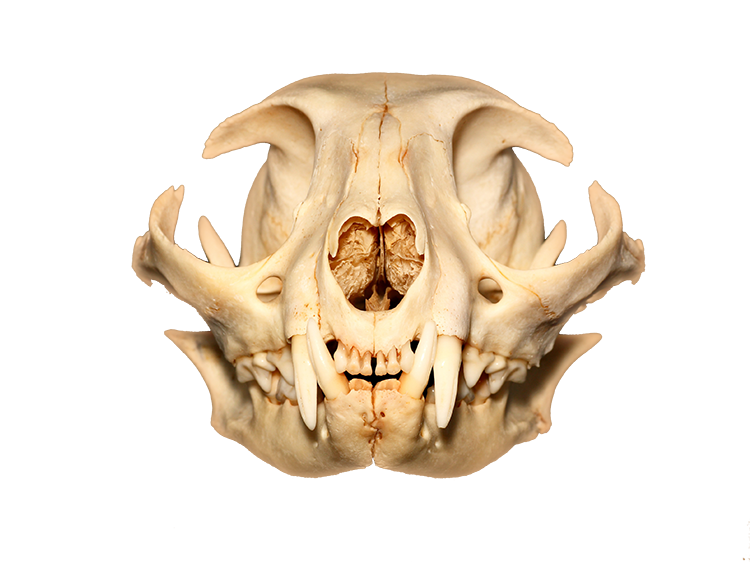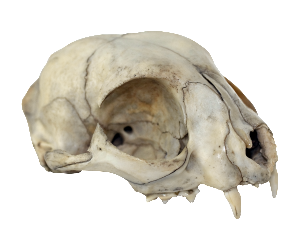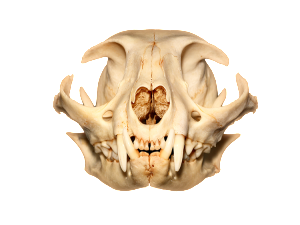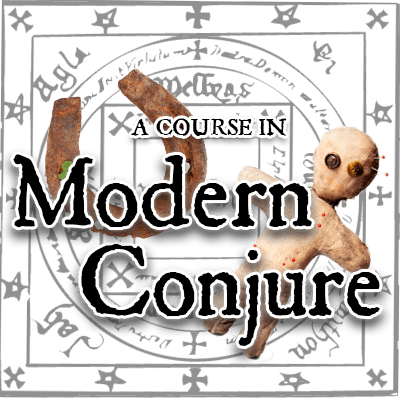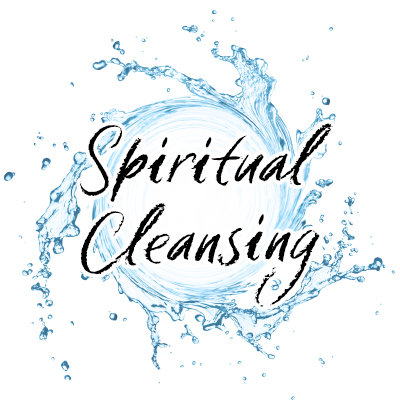Bones are popular curios for many Conjure workers, as material for certain types of Hoodoo work or to be thrown for divination. Sometimes the bones we find have not been still for long, and care must be taken to extract them from the rest of the carcass, to peel away skin or fur or feathers and sluice through necrotic flesh for that bit of bone deep inside that calls to us.
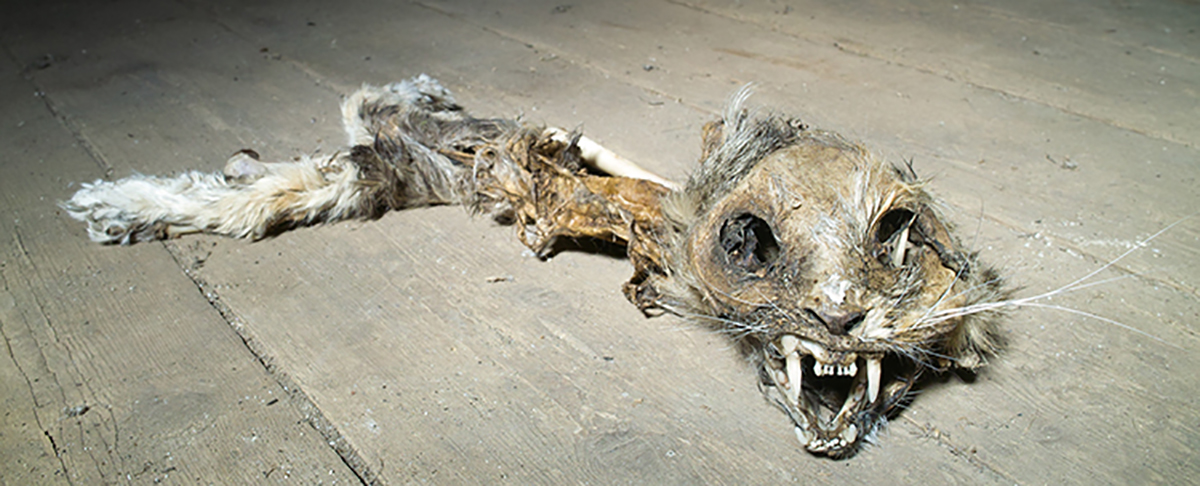
If the bones belong to a recently dead corpse then you have a few options. One method involves Dermestid Beetles (aka Leather Beetles or Hide Beetles), which are available to purchase from some taxidermy suppliers and may easily be acquired online. They do the hard work for you, and it is morbidly fun to watch. A simply ten gallon aquarium with a screened lid works fine (they cannot crawl up the glass). The main problem is the smell produced by their frass (beetle crap), so it is an endeavor best done outside in a covered area where the temperature will not drop below 50 degrees (they are most active between 70 and 80 degrees).
Another option is burial, letting the earth do what it does best. Burying them in pots works less well than digging a hole in the earth. Even so, you may wish to refill that hole with potting soil, as the soil in some regions is too sandy or peaty and actually will work to preserve the corpse. You want to keep the soil slightly damp, but hot. Because this method attracts ants and other pests it is best done a good distance from your home. The drawback to this method is that you will need to dig it up every three months or so to check you progress. You may wish to place a plastic colander beneath your specimen in oder to keep from loosing smaller bones. You could also leave it above ground, although it is likely to be carried off by cats and other animals. A method of compromise involves placing it beneath an upturned pot (clay works well as it breathes and absorbs moisture released from the carcass), one that is too heavy for predators to overturn. You may need to screen any holes at the top as well as weight it with bricks of similar. Again, beware of insects with this method as well and place somewhere that the smell will not affect you. Keep in mind that certain moist environments encourage the growth of certain molds and mosses that may grow into the bones, expanding them and staining them green (though not necessarily a bad look). This method works well if you have a fresh carcass you wish to dry out before applying more agressive methods, otherwise it could take some specimens years to decompose naturally.
Those options also work for carcasses that have already begun to rot, as well as with those that are mostly bones but still hold onto some soft tissue. At this stage there is still an odor to the tissue, and the bones beneath are not yet dry. It is in this state that the most options exist, for you can let the corpse mascerate in cold water, or let it simmer in hot (not boiling) water, until the tissue sloughs off the bones. To aid the process you may add to the warm water enzyme detergent (known in some places outside the US as Biological Washing Powder), these detergents contain
actual enzymes that may be added to the warm water and will aid in the process. The enzymes only work in warm water, so you will either have to change the water twice daily (which is a good idea either way), but to really kick it up you may use a crock pot set to low. Keep in mind that the smell will not be appealing, but this can be placed in a garage or back patio, anywhere with an electrical outlet.
Should you come across a body that is already dry to the bone then a good soak can also be applied. If you are going for a clean look then you may submerge them in hydrogen peroxide for several days. This will get them white, which provided a sterile look. Personally I find that this looks unnatural and has less character than slightly yellowed and stained bones do, but to each their own.
Two things that are never recommended are boiling and bleaching. Both processes damage the bone, the former causing them to crack and shrink. Bleaching bones will deteriorate them, making them brittle. Of course added to all this will be a degree of physical labor, some scrubbing and possibly scraping of bits that just will not let go of the bone. I use a variety of small tools intended for sculpting, so check out that section of the hobby store and see what may be applicable to picking bones. Keep in mind that bones are easily damaged if too much pressure is applied. A toothbrush is also a good tool to have, indeed, gentle toothpastes can whiten bones as well as teeth.
To keep your bones from aging, which often occurs when they become too dry and brittle over time, I advise conditioning mine with. Furniture polishing oils and waxes work well of this. These do yellow the bone, so beware of that. Some choose to seal them with varnish, though this always feels unnatural to me. Because I am working in a spiritual context, I prefer to use conjure oils such as Van Van. If I feel it needs more then I use a 50/50 mixture of linseed oil and turpentine.
© 2015, Chas Bogan

